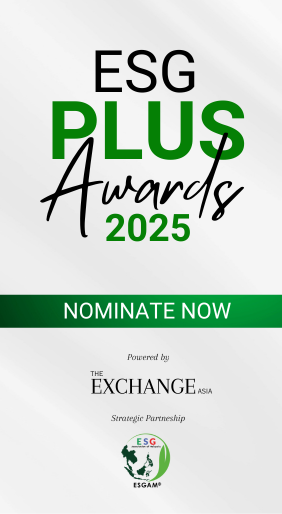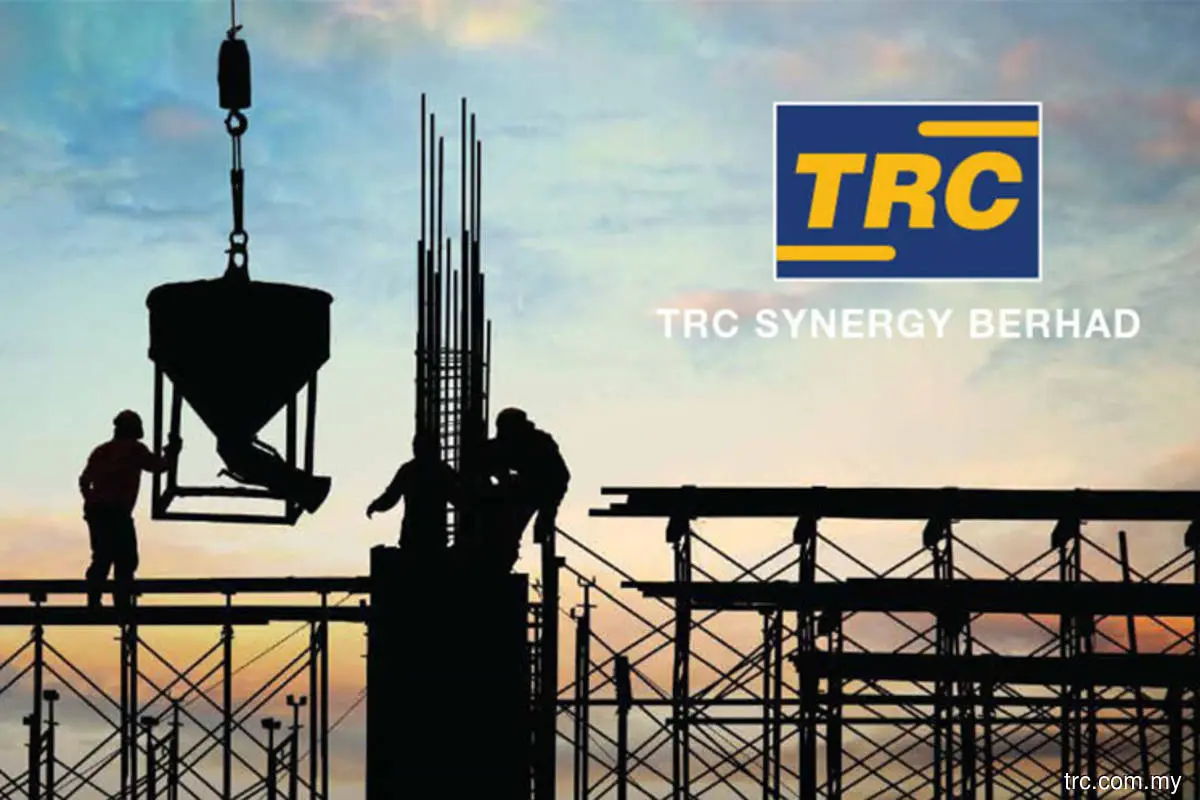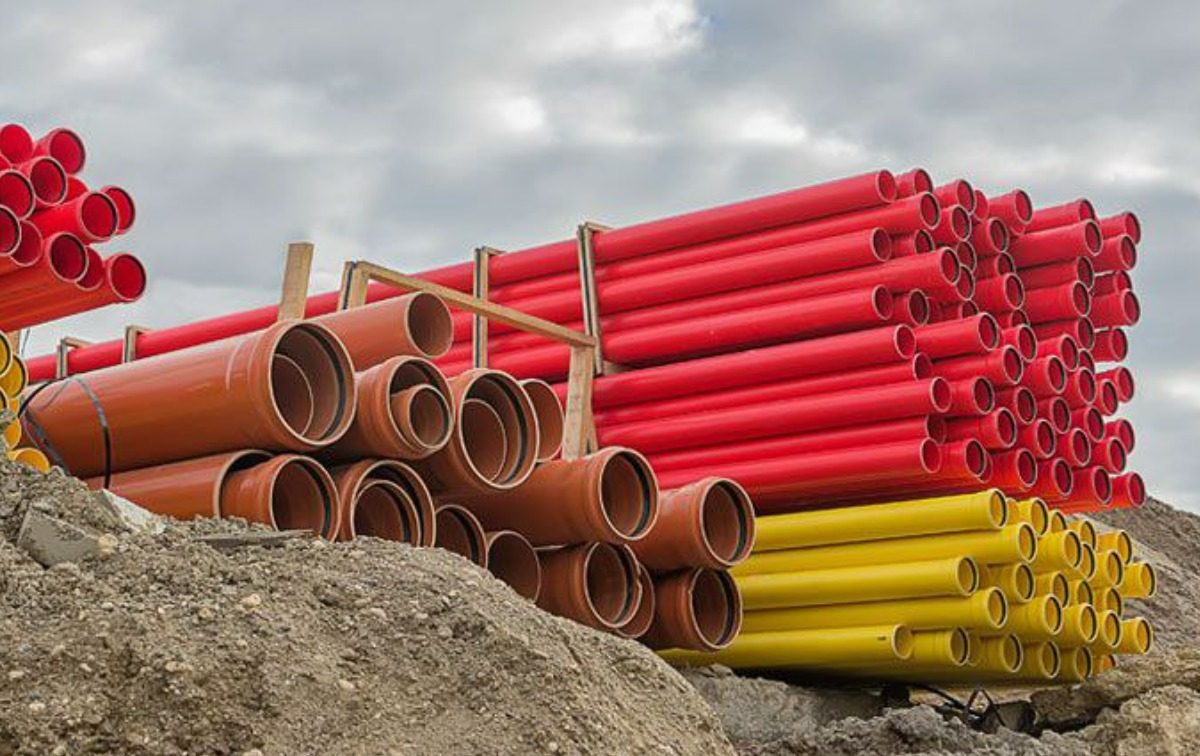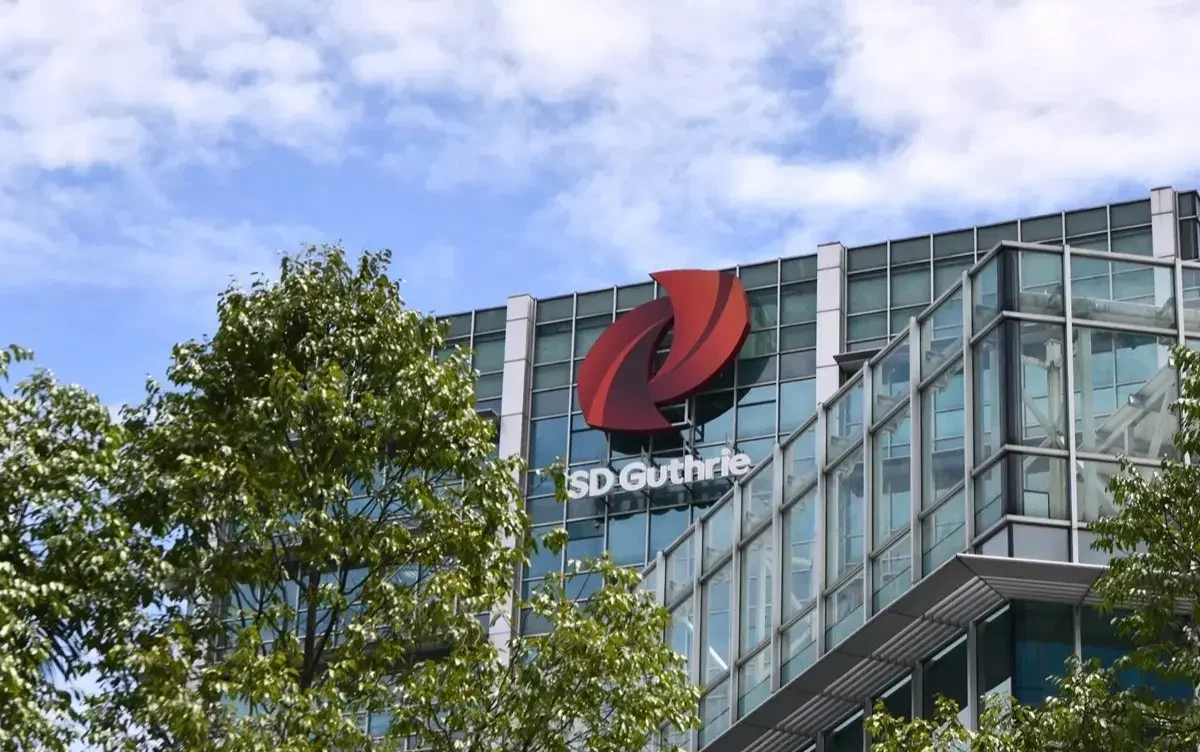Asia’s rapid industrialisation has long served as an engine of global economic growth. However, with industry now accounting for nearly one-third of global carbon emissions — and Asia’s share more than doubling over the past two decades — the region must lead the next wave: sustainable industrialisation.

As global markets shift towards decarbonisation, the industrial sector must adapt to maintain competitiveness. Governments and enterprises are increasingly investing in low-carbon industrial parks — comprehensive, scalable platforms designed to decarbonise operations and position businesses for sustainable, long-term growth.
Sembcorp Industries, a recognised leader in renewables and integrated urban solutions, is at the forefront of this transition. Through its development of next-generation industrial parks, Sembcorp embeds sustainability into each phase — from green master planning and low-carbon construction to clean energy provision and circular utility design.
These parks are purpose-built to meet the demands of tomorrow’s low-carbon economy, providing critical infrastructure for industries looking to future-proof their operations.
Why Low-Carbon Industrial Parks Are Crucial
Decarbonising industry is now a strategic imperative for governments, manufacturers, and investors alike. Across Asia, net-zero commitments are intensifying the need to reduce emissions across both operations and supply chains. Meanwhile, consumer demand for sustainably produced goods is growing, and industrial activity is expanding in emerging markets such as Vietnam and Indonesia, propelled by reshoring, digitalisation, and rising domestic consumption.
Low-carbon industrial parks offer a turnkey platform to address these converging trends. By delivering reliable clean energy and shared infrastructure, they help tenants reduce carbon intensity, increase supply chain resilience, and sharpen competitive advantage.
These ecosystems also support rigorous environmental, social, and governance (ESG) compliance — a key requirement for global trade and capital access. Moreover, they promote responsible land use, inclusive employment, and long-term resource resilience, reducing pressure on local grids and water systems.
Upgrading the Old, Building for the New
Many existing industrial zones across Asia were designed with speed, not sustainability, in mind. These legacy sites often rely on fossil fuels and lack the infrastructure needed to support decarbonised operations.
Retrofitting these facilities demands targeted investment in renewables, energy storage, and digital utilities. While the long-term benefits are clear, high upfront capital expenditure remains a hurdle, particularly for small- and medium-sized enterprises. Innovative financing models and public-private partnerships will be essential to unlocking this transformation.
Equally critical is regulatory clarity. Harmonised emissions standards, stable incentive frameworks, and cross-border policy alignment are necessary to mobilise investment and accelerate action. Without such enablers, progress on industrial decarbonisation could stagnate.
Delivering low-carbon industrial ecosystems at scale requires deep collaboration. Developers, tenants, energy providers, and governments must align on shared objectives. Integrated players such as Sembcorp are well positioned to deliver the end-to-end infrastructure and solutions needed to enable this shift efficiently and cost-effectively.
Scaling Across Asia
With more than 35 years of experience, Sembcorp has established a strong track record across Asia’s high-growth markets, including Vietnam, Indonesia, and China. To date, the company has developed 24 industrial parks covering 14,800 hectares, home to over 1,000 tenants and attracting nearly US$58 billion in cumulative investment.
By 2028, Sembcorp aims to expand its footprint to 18,000 hectares and increase leasable industrial space to 1.5 million square metres — positioning itself at the forefront of sustainable industrial growth in the region.
Designing for Sustainability and Performance
Sembcorp’s low-carbon industrial parks integrate renewable energy, circular utilities, and advanced ESG-enabling technologies to deliver both environmental and commercial value.
Renewable energy infrastructure is already in place, including large-scale solar deployment. The company is actively exploring wind energy to further diversify its clean energy mix and is investing in energy storage systems to enhance grid stability. Power purchase agreements offer tenants direct access to renewables.
Digital platforms also play a pivotal role. Tenants use Sembcorp’s proprietary GoNetZero™ system to manage renewable energy certificates, track carbon credits, and monitor emissions. This supports transparent reporting and data-driven ESG performance.
Water and waste management systems are equally advanced, with capabilities for industrial wastewater treatment, water reuse, and the use of low-carbon construction materials.
Sembcorp’s ready-built facilities meet green building standards, helping tenants reduce operating costs, enhance ESG credentials, and create healthier, more productive workspaces. Circular industrial design further enables the closed-loop use of materials — from transforming plastic waste into building components to facilitating by-product exchanges between tenants.
Accelerating the Transition
In Vietnam, Sembcorp has built 20 Vietnam Singapore Industrial Parks (VSIPs), which integrate industrial facilities with renewable energy, water management, and waste solutions. The Sembcorp Logistics Park Hai Phong, for instance, supports Vietnam’s industrial and urban development goals with rooftop solar installations that lower emissions.
In Indonesia, Sembcorp is developing Kendal Industrial Park — the largest township of its kind in Central Java and a designated Special Economic Zone. It offers investment incentives and is emerging as a regional hub for clean technology supply chains. The company is also launching the Tembesi Innovation District in Batam — a new low-carbon industrial park.
In China, Sembcorp supports the country’s dual carbon goals through high-tech industrial zones that integrate clean energy, water reuse, and sustainable urban planning. The Sino-Singapore Nanjing Eco Hi-Tech Island, in particular, exemplifies innovation in climate resilience and smart city design.
Looking Ahead
Asia’s low-carbon industrial transformation is gaining momentum. However, scaling these ecosystems will require bold collaboration across sectors, long-term capital deployment, and harmonised regulatory frameworks.
Sembcorp remains committed to leading this transformation, integrating planning, utilities, and digital innovation to build resilient, low-carbon industrial parks across Asia — enabling sustainable growth for decades to come.
-The Edge






